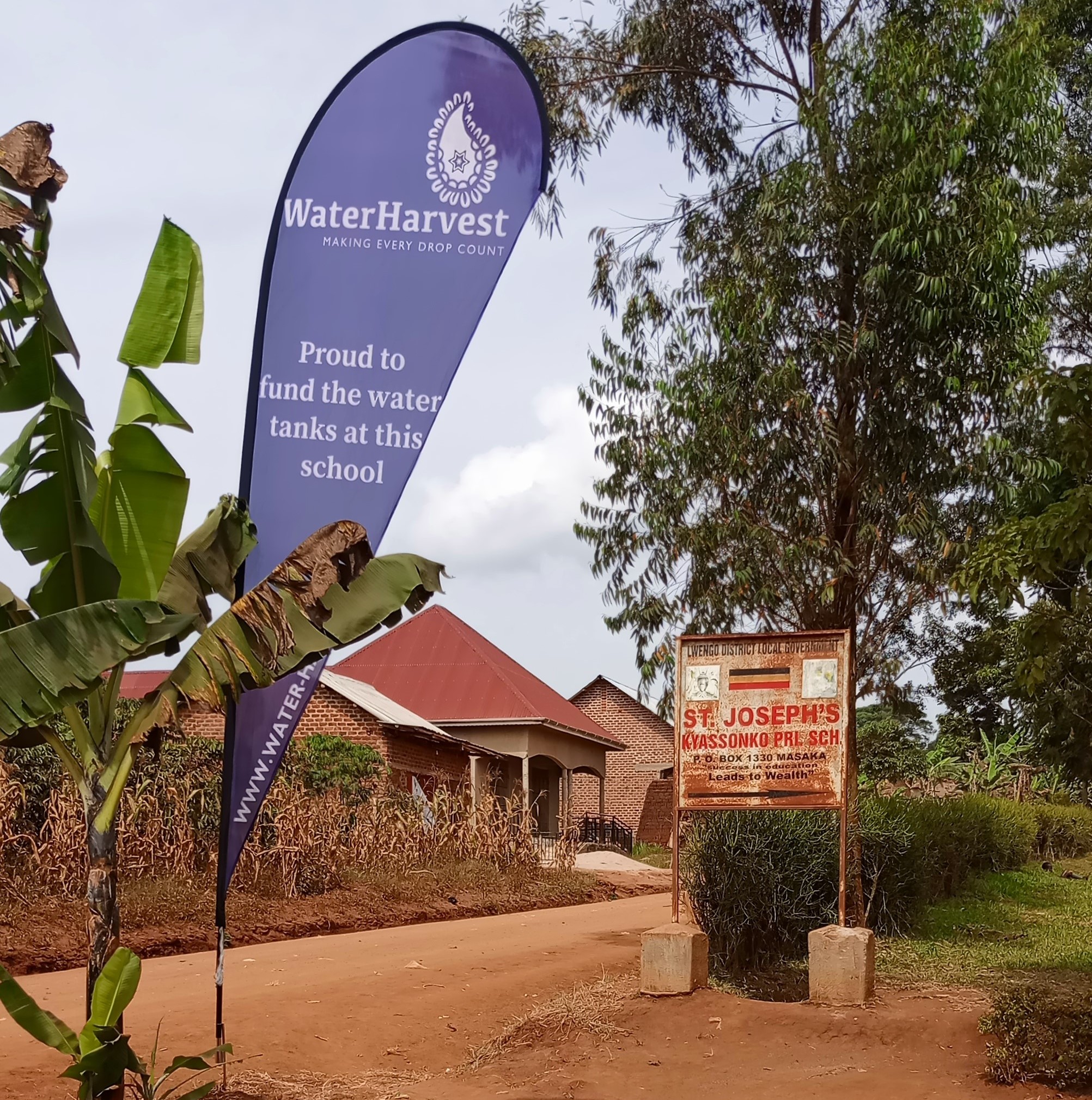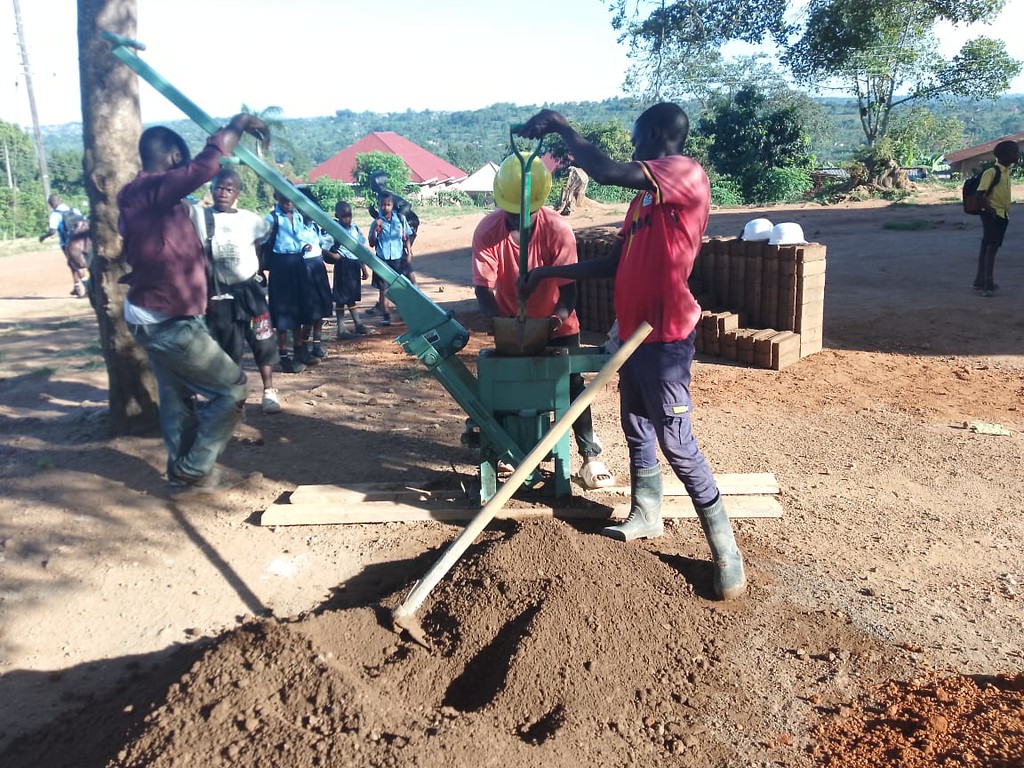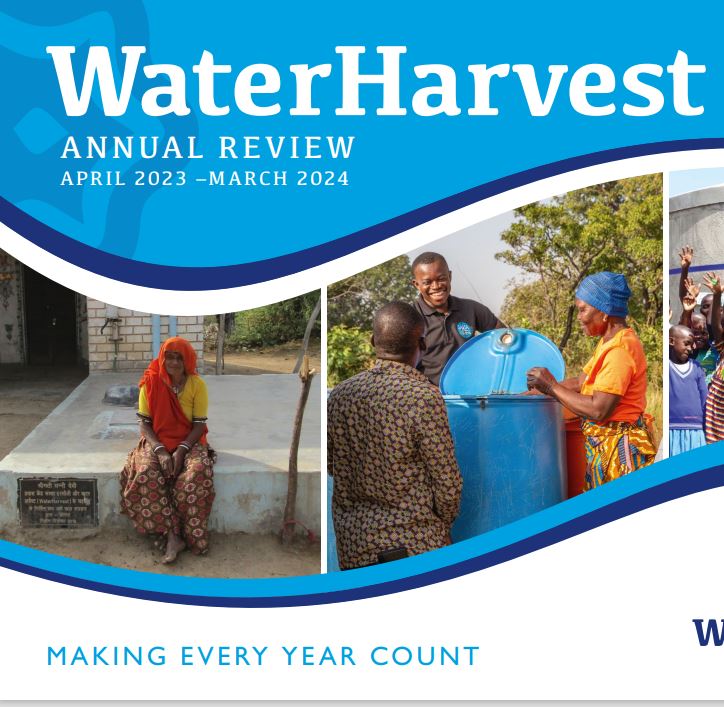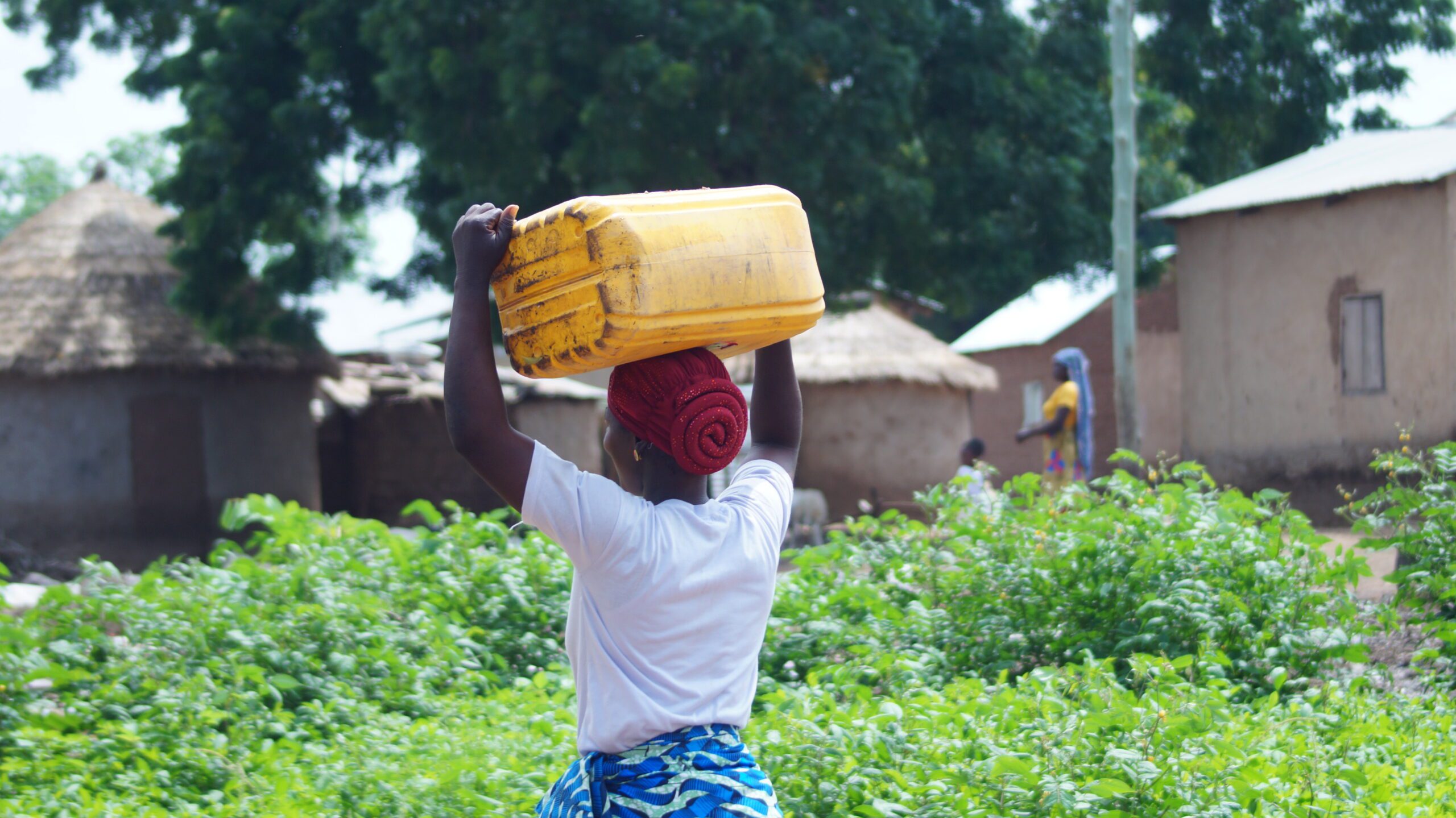
Why is the monsoon so important?
With the monsoon set to arrive in Rajasthan in the next fortnight, we look at what makes it so important.
With the rain seen in the UK over the last week, it’s hard to imagine the heatwave currently going on in India as they wait for the arrival of the south-west monsoon. These rains typically account for 90% of Rajasthan’s annual rainfall but are not guaranteed. In this week’s blog, we look at how important the monsoon is and what we, at WaterHarvest, can do about the increasing unpredictability of weather to ensure enough water for all.
The monsoon season

The monsoon season in India officially runs from 1st June to 30th September. The rains typically arrive in Kerala first and gradually work their way north, reaching the south-west parts of Rajasthan around 15-20th June and the westernmost parts of the state by mid July. In 2018, the monsoon reached east Rajasthan on June 27th. Over the last four years, the rains have arrived in the state between June 24th and June 30th. During the winter, there can be a small amount of rain, called the ‘Mahavat’ due to the shallow cyclonic depressions originating over the east Mediterranean Sea. The image to the right shows the rains – as of Thursday 13th June – just beginning to reach the eastern coast of India.
How much rain do they get?
On average, Rajasthan gets around 60cm of rain a year. The easternmost parts receive the highest amount of rainfall (sometimes around 100cm) and the regions in the Aravali hills see around 50cm, but the western regions of Rajasthan such as the Thar desert and the Kutch region of Gujarat receive less than 20cm of rain annually. The south-west monsoon, arriving between June and September, accounts for 90% of rainfall in Rajasthan. This compares to the 88cm in the UK and 133 days of rain spread throughout the year. However, it goes without saying that averages can be misleading and, last year, our project in the Kutch region in Gujarat received virtually no rainfall. Our projects in Jaisalmer also saw a very limited amount of rain. This year the Indian Monsoon Department (IMD) is predicting that the rains will be 96% of the average and that the monsoon will be ’well distributed’.
Current heatwave
Rajasthan is currently in the midst of a heatwave, with temperatures of 45 to 50 degrees celsius. This is 5c above the average for this time of year. Some parts of Rajasthan like Churu and Ganganagar were amongst the hottest places on Earth for most of May. Churu witnessed record maximum temperatures of 50c a few weeks ago. There have been several heat-related deaths and many fights breaking out over the limited water resources. Once again, this highlights how important it is that the monsoon rains are caught and shared amongst the people.
Increasingly unpredictable weather patterns
Rajasthan, along with much of the world, is seeing increasingly unpredictable weather patterns. Eleven of India’s fifteen hottest years on record have been since 2004. The heatwave this year once again raises the question of the impact of climate change on the people of Rajasthan and how we can further adapt our water harvesting structures to capture as much rain as possible. Firstly, we design our project schedules so that as many tanks as possible are ready in time for the monsoon rains. Secondly, we design the tanks to catch as much of the rain as possible. We ensure that all the taanka have three inlet pipes in the catchment area into the main tank, to ensure that as much water runs in as possible and doesn’t soak away. Where possible, we also have concrete catchment areas, as the run-off from these is higher than from the more traditional sand and earth surfaces. We also ensure that the catchment area is large enough to fill the tank. In our Barmer project, where houses have pukka (not thatched) roofs, we have combined roof rainwater harvesting with the more traditional catchment area to increase the rain caught. Furthermore, the simple design of the tank means that if rains come unexpectedly they will catch that rain: nothing extra needs to be done.
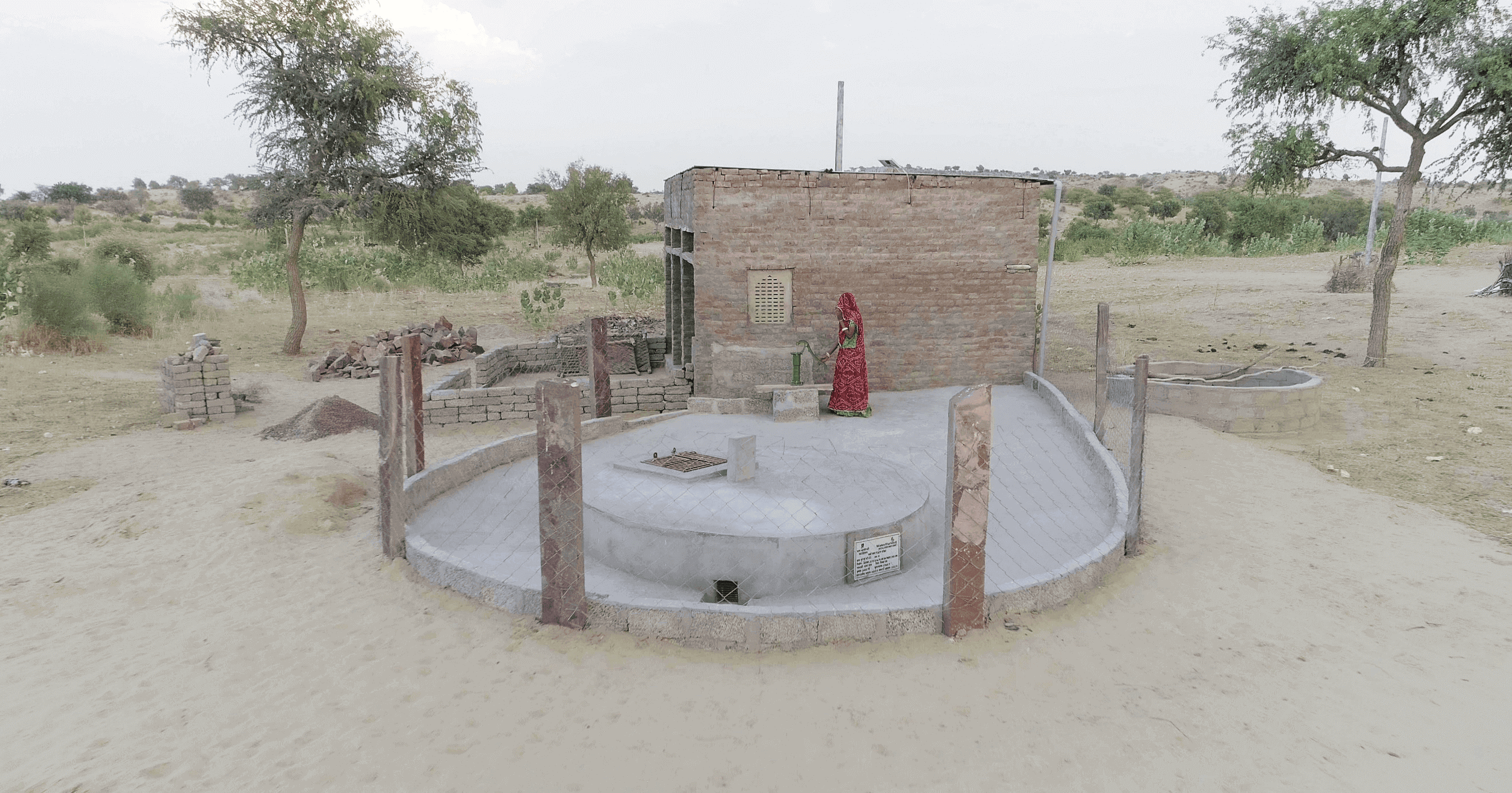
How much? When?
By now, nearly all the tanks will be empty of rainwater. The owners take this time to clean them – a simple job of scrubbing the inside to ensure the tanks are clean for the incoming rains. This is all the maintenance that the tanks need. Over the next month, we will be waiting anxiously to see how much rain flows into our tanks. We hope that this year’s monsoon will be a good one and we will see tanks across all our projects – from Kutch in Gujarat to Barmer and Jaisalmer in the Thar desert – filled up with ‘sweet water’ from the sky, enough to last a family for the year ahead.
This week’s blog was written by Nicola Floyd and Om Prakash Sharma on 14th June 2019.

